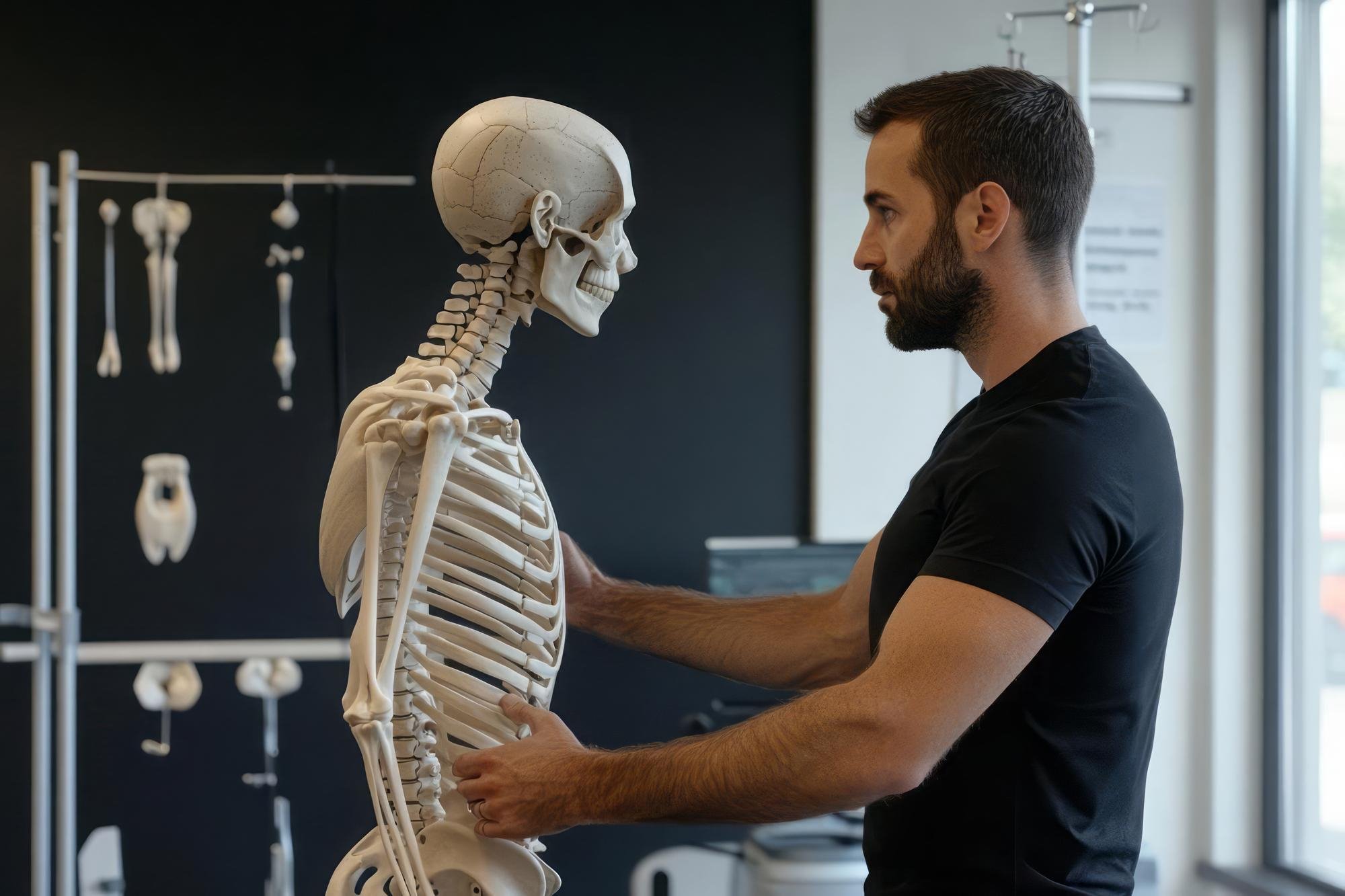
Posture Improvement
Posture Improvement
Posture Improvement refers to the process of correcting and enhancing one's body alignment to maintain an optimal position while standing, sitting, or moving. Good posture promotes proper muscle function, reduces strain on joints, and minimizes the risk of injury or discomfort.
Spinal Alignment:
✔ The spine should have three natural curves: at the neck, mid-back, and lower back. Maintaining these curves in a balanced way is essential for proper posture.
Muscle Engagement:
✔ Core muscles (abdomen, back, and pelvis) provide support for the spine.
✔ Shoulders should be relaxed and pulled back slightly to avoid slouching.
✔ Head should be in a neutral position, not jutting forward or tilting down.
-

Rolfing Structural Integration
Rolfing Structural Integration is a holistic bodywork technique that focuses on realigning and balancing the body's structure through deep tissue manipulation and movement education. It was developed by Dr. Ida Rolf in the 1940s and is based on the idea that many of the body’s aches, pains, and dysfunctions are caused by misalignments in the connective tissue (fascia) that surrounds muscles and organs.
-

Corrective Exercise
Corrective Exercise is a systematic approach to improving movement efficiency and correcting muscle imbalances to reduce the risk of injury and enhance overall physical performance. It focuses on identifying dysfunctions in movement patterns, addressing imbalances in strength, flexibility, and mobility, and retraining the body to move more effectively.
-

Postural Assessment
Postural Assessment is the process of evaluating a person's body alignment and posture to identify imbalances or deviations that could contribute to discomfort, pain, or movement inefficiencies. It involves a detailed observation of how different parts of the body—such as the head, shoulders, spine, hips, knees, and feet—align when standing, sitting, and moving.

